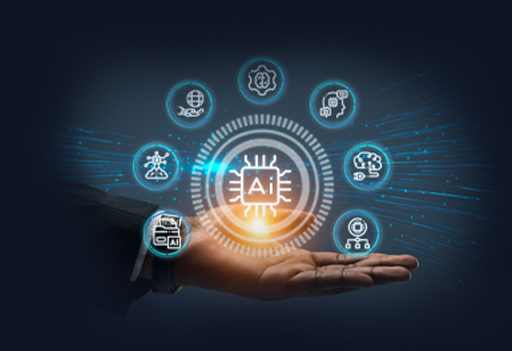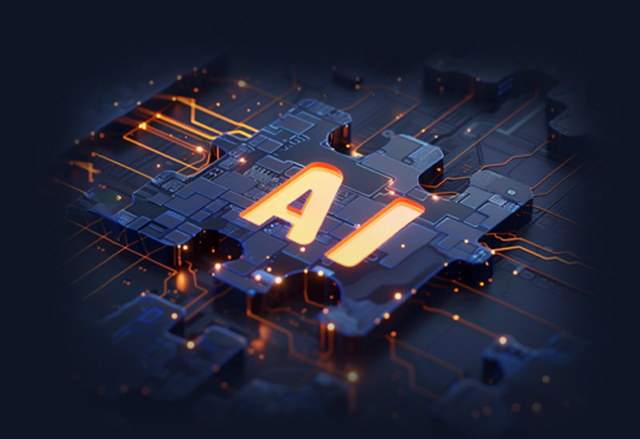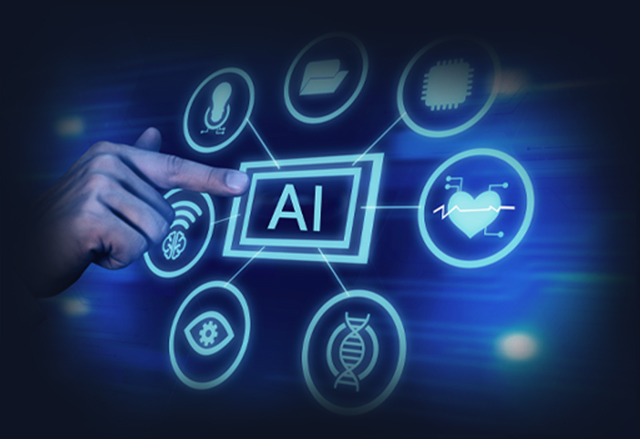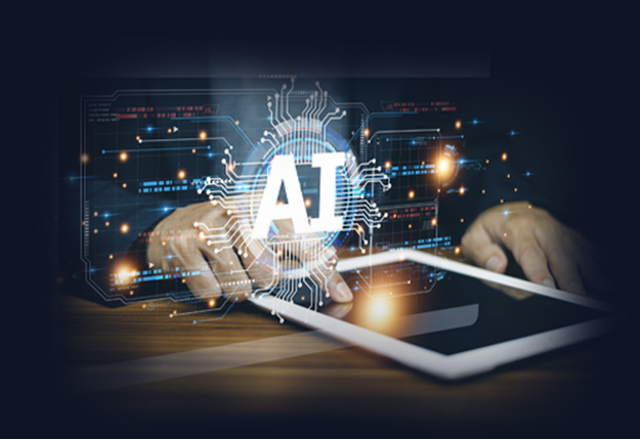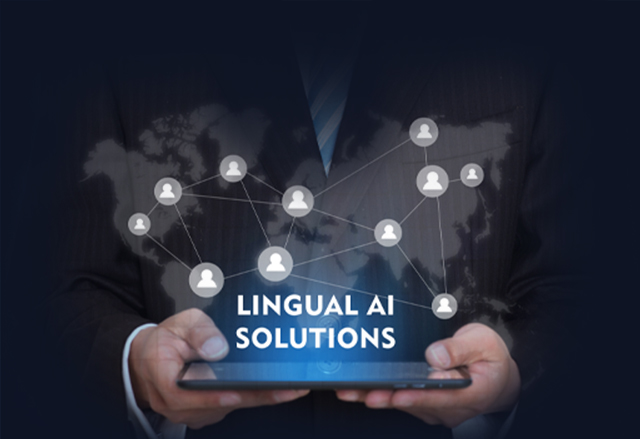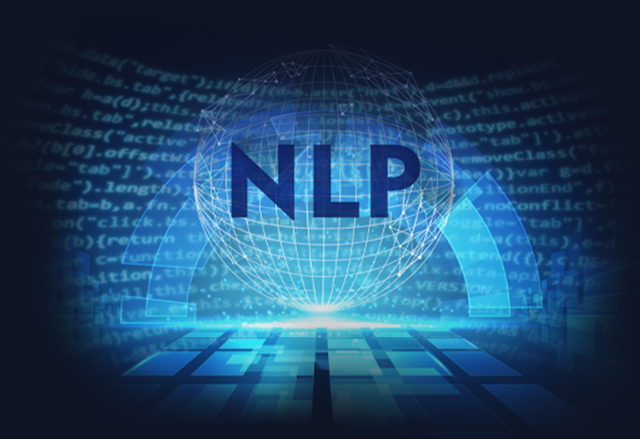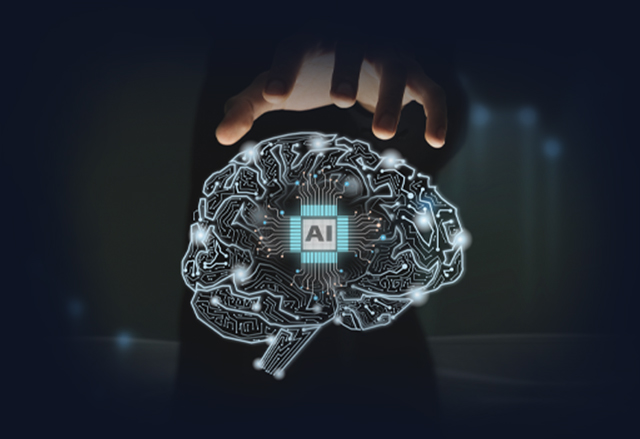Conversational AI Trends for 2023: What You Need to Adopt

As we enter 2023, acceptance of conversational AI continues to accelerate for a wide range of purposes, and customers around the world are increasingly adopting it for interactions.
This sophisticated technological solution is rapidly becoming an integral part of modern organizations, as it greatly alters how they operate and opens up a new avenue for them to take advantage of promising opportunities.
In this article, we will summarize conversational AI latest trends that enterprises should be aware of.
Let's start reviewing the most prominent of these trends.

The Top 10 Conversational AI Trends for 2023
Let's talk about each one in detail.
1. Generative AI's Rise: Beyond ChatGPT
Generative AI suddenly becomes on everyone’s lips after the boom of ChatGPT.
The story starts a long time ago, but specifically about 10 years ago, 3 AI researchers trained the “AlexNet” system on 1.2 million images from the web. The system managed to recognize objects with far greater accuracy than computers had managed before.
Since then, machine learning and computing AI age have been taking shape largely behind the scenes.
The AI breakthrough has just shaken up the tech world and we can simply say this is the year of generative AI. In 2022, $1.37 billion has been invested in generative AI companies across 78 deals, according to the New York Times.And according to Gartner,
- 30% of outbound marketing messages from large organizations will be synthetically generated by 2025 (up from less than 2% in 2022).
- Furthermore, by 2030, a major blockbuster film will be released with 90% of the film generated by AI (from text to video), from 0% of such in 2022.
2. AI Evolution: From Data to Knowledge Mining
Every moment, businesses generate myriad unstructured data that come from different sources and in different formats like texts, images, videos, emails, PDFs, etc.
Usually, we used to categorize data into rows and columns, but unstructured data does not fit into any pre-defined data models. unstructured data makes arranging highly difficult and may contain incorrect values or redundant duplicates.
So, how can they deal with the complexity of processing these unstructured data?
The short answer is by using knowledge mining.
Knowledge mining is the other AI breakthrough that has just shaken up the tech world. It's growing rapidly helping businesses to extract insights from unstructured data to make intelligent decisions and maintain data compliance. So, they can bring value to every conversation and transaction.
3. Voice Assistants: The New Mainstream
Voice-enabled AI chatbots have proven to be helpful in many situations, especially in daily tasks. Increasingly, they became more popular with the use of smartphones and smart speakers. Developers work constantly to improve the performance of these bots so that people can use them for more important operations.
According to (Juniper Research), there will be 8 billion digital voice assistants in use by 2023, up from an estimated 2.5 billion at the end of 2018.
And by 2024, this number will reach 8.4 billion units – a number higher than the world’s population. (statista)
Furthermore, the emerging trends of voice search and voice commerce are gaining popularity too. Therefore, it is expected that voice-enabled chatbots will gain momentum this year, with AI chatbots integrated into many mobile devices, thus numerous companies will implement a voice-enabled digital assistant for their business.
4. Rise of Low-Code Conversational AI Platforms
It is common for businesses to prefer digital solutions that require little technical expertise on their part to function efficiently.
Nowadays, most conversational AI platforms offer simple drag-and-drop interfaces with pre-designed modules that guarantee quick implementation without the challenges associated with developing AI chatbots.
This trend is going to continue in 2023 with AI chatbot providers bringing significant improvements and minimizing the complications involved in building a digital solution.
5. Expanding Applications of AI Chatbots
The popularity of conversational AI applications is expected to increase significantly.
The chatbot market size is expected to grow to $18.11 billion in 2027 at a compound annual growth rate of 27.2%, driven by the increasing adoption of smartphone use.
With the widespread use of chatbot applications in many fields, it will be more important for organizations or companies of all sizes to focus on conversational AI-powered workflows for their business strategies.
6. Emotionally Intelligent Conversational AI
Understanding human sentiments through advanced facial emotion recognition, eye-tracking technology, and analyzing video interactions in real time are among the vital points of research in the artificial intelligence field.
Sentiment analysis, where AI chatbots become able to understand the mood and emotions and customize their responses to deliver more personalized interactions, is some of the objectives that the AI chatbot industry seeks to achieve.
The intense interest in achieving these objectives is reflected in the volume of investments directed to this field, which is increasing remarkably.
The worldwide market for emotional AI is expected to increase at a compound annual growth rate of 11.3% from US$19.5 billion in 2020 to US$37.1 billion by 2026.
7. AI Chatbots Surge on Messaging Platforms
Facebook Messenger, WhatsApp, and Instagram have become essential platforms for consumers to discover, browse and purchase products. This is due to the increasing reliance of users on messaging applications to communicate with companies.
59% of global shoppers say they want to connect directly with brands through messaging services to place orders and complete purchases.
Furthermore, social commerce sales are predicted to value $605 billion by 2027, while revenue is estimated at $3.7 billion annually.
The implementation of an AI chatbot helps brands tap into this huge potential by driving personalized interaction with customers on the channels they spend the most time on.
By adopting a marketing strategy empowered by conversational AI, brands are transforming social media platforms into key channels to acquire and retain customers.
8. Conversational AI's Expanded Role in Organizations
One of the most prominent chatbot trends in 2023 is that virtual assistants powered by conversational AI have a lot of benefits to provide for enterprises.
Besides interacting with customers and solving their queries, AI chatbots can deliver high value by streamlining the internal workflows of organizations, regardless of their size.
There are many different digital solutions available nowadays that can be used for a variety of business purposes, such as:
- Workplace chatbot: Enables staff to handle repetitive tasks effectively allowing them to handle more complicated issues and thus increasing their productivity.
- HR chatbot: Facilitates and personalizes HR processes like recruitment, onboarding, and training, as well as responds to employees' queries instantly.
- Marketing and sales chatbot: arranges meetings and phone calls automatically to handle queries and provide contextual responses.
- Content search chatbot: Offers users tailored recommendations, sales support, product information, reviews, instant file searches, etc.
9. Expanding Uses of Conversational AI
Conversational AI's expanding capabilities and tailor-made solutions are helping many industries leverage AI chatbot abilities to build solid sales lines, achieve marketing objectives, drive engagement, induce brand loyalty, deliver enhanced customer experiences, and much more.
This encourages an increase in the use cases of digital AI solutions in many fields such as e-commerce, financial technology, retail, healthcare, insurance, real estate, education, and travel.
For example, it is estimated that up to 73% of healthcare admin tasks could be automated by AI, and the adoption of chatbots could save the healthcare, banking, and retail sectors $11 billion annually by 2023. (InsiderIntelligence)
10. AI Chatbots Central to Payments
Day by day, e-commerce is growing exponentially, as more enterprises are starting to set up their online stores to ensure that shopping remains seamless for their customers.
As more brands move towards automating conversations and social commerce, their chatbots will evolve as well. Many AI chatbot providers will offer powerful payment integrations and gateways that will make conversions a lot easier for both brands and users.
Modern enterprises can implement AI chatbots with data security and privacy protection with the payment infrastructure for businesses to automate payments via live chat or Facebook Messenger apps.
This instant payment process provides digital assistants with sufficient data to support conversation-driven cross-selling and upselling.
Moreover, AI chatbots can provide updates on users' transaction data, expense records, payment confirmations, and more, leading to a high level of customer retention.
Summary
In general, AI digital solutions trends in 2023 clearly show that the future of chatbots and conversational AI is very promising and full of opportunities, as it is expected that the leaps achieved by this technology will be continuously strengthened in the next stage.
Stay up-to-date by keeping abreast of the latest conversational AI Industry trends mentioned above, which can make a significant difference in your business when taken seriously and adopted properly.
Get in touch with us at DXwand to learn how you can leverage AI digital solutions to keep up with future trends.


